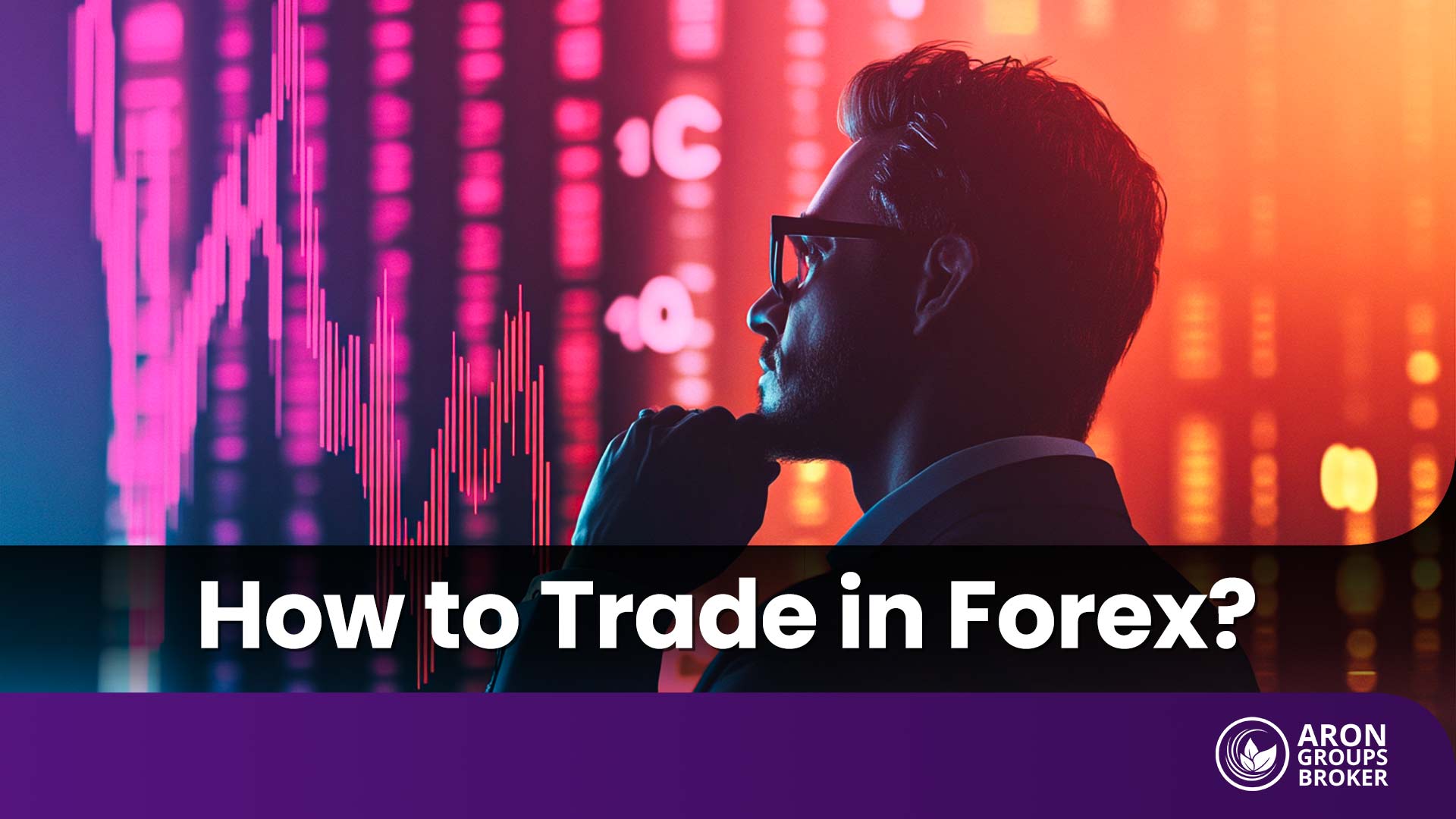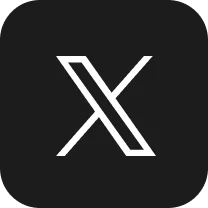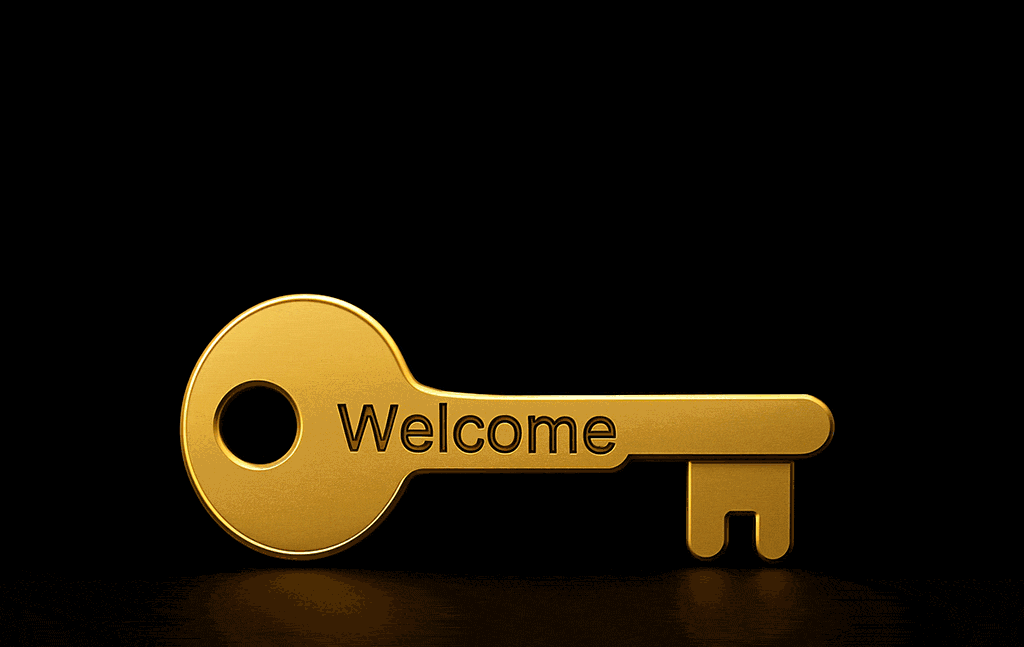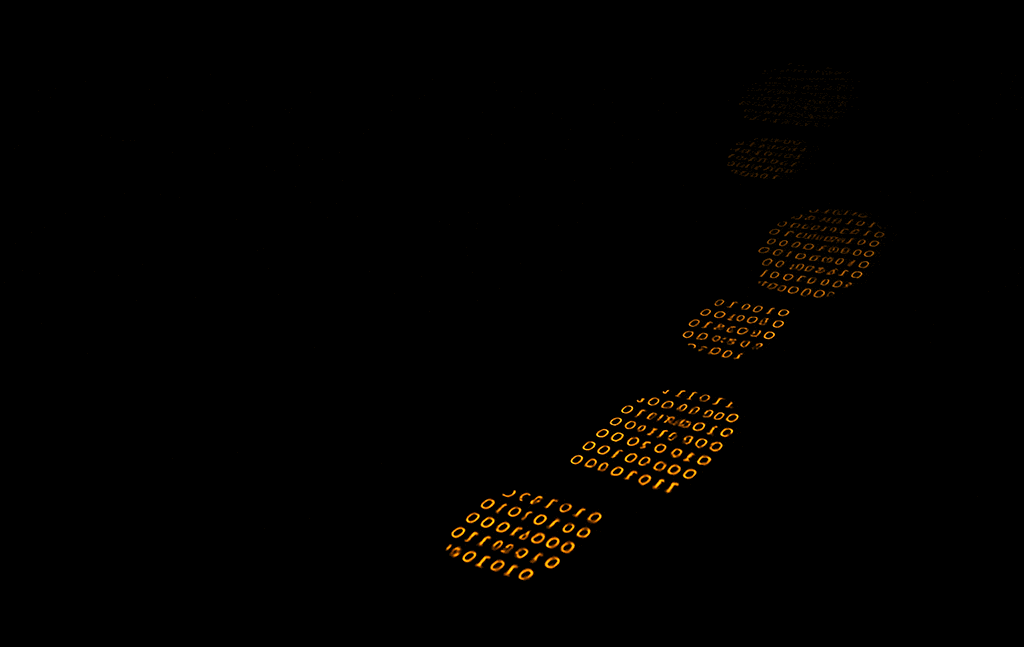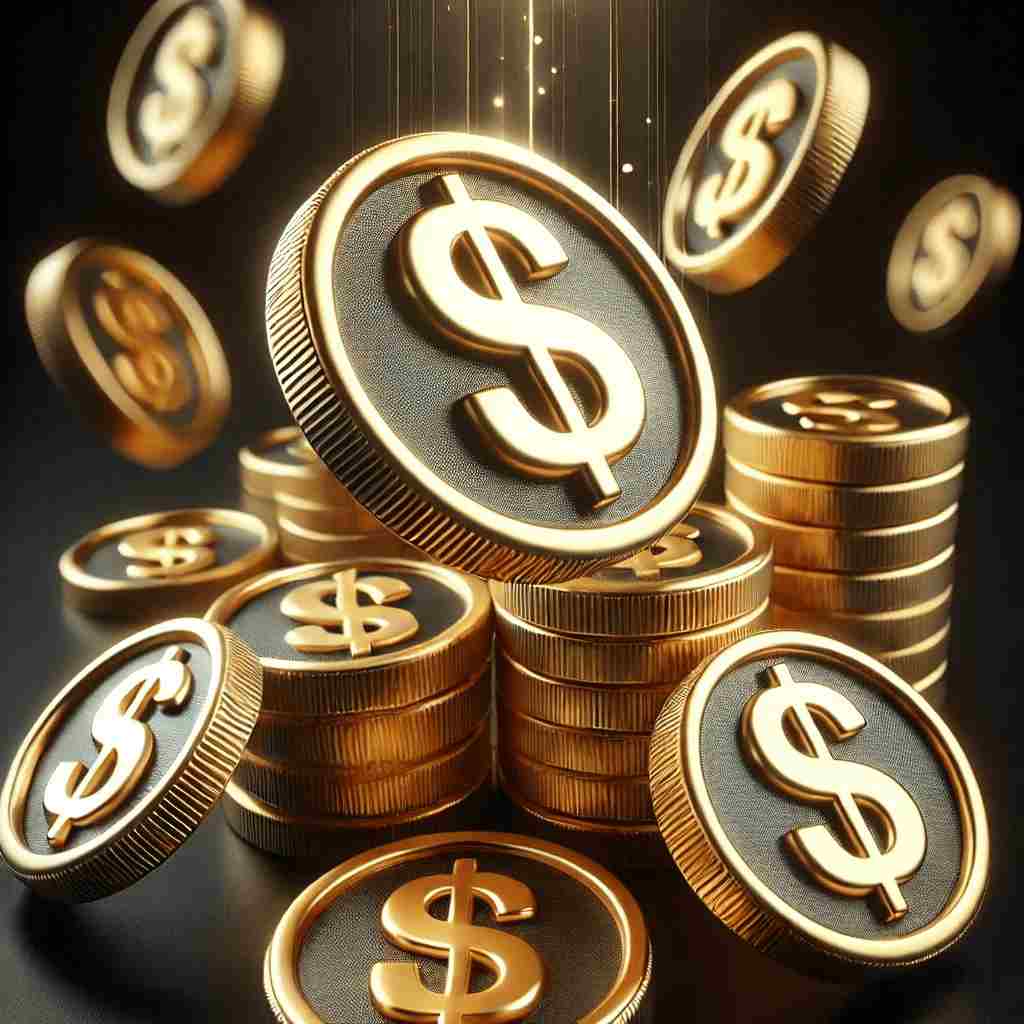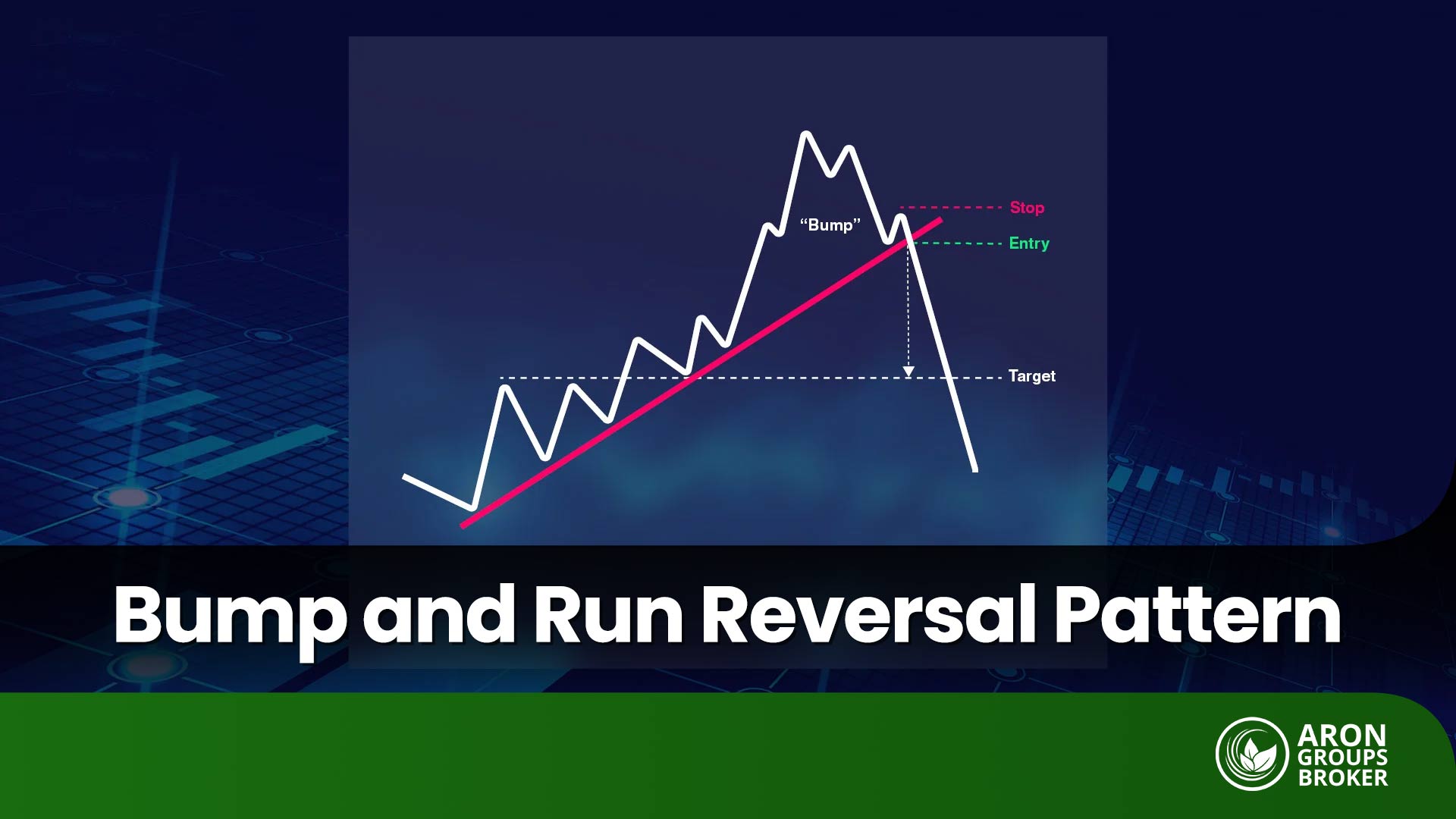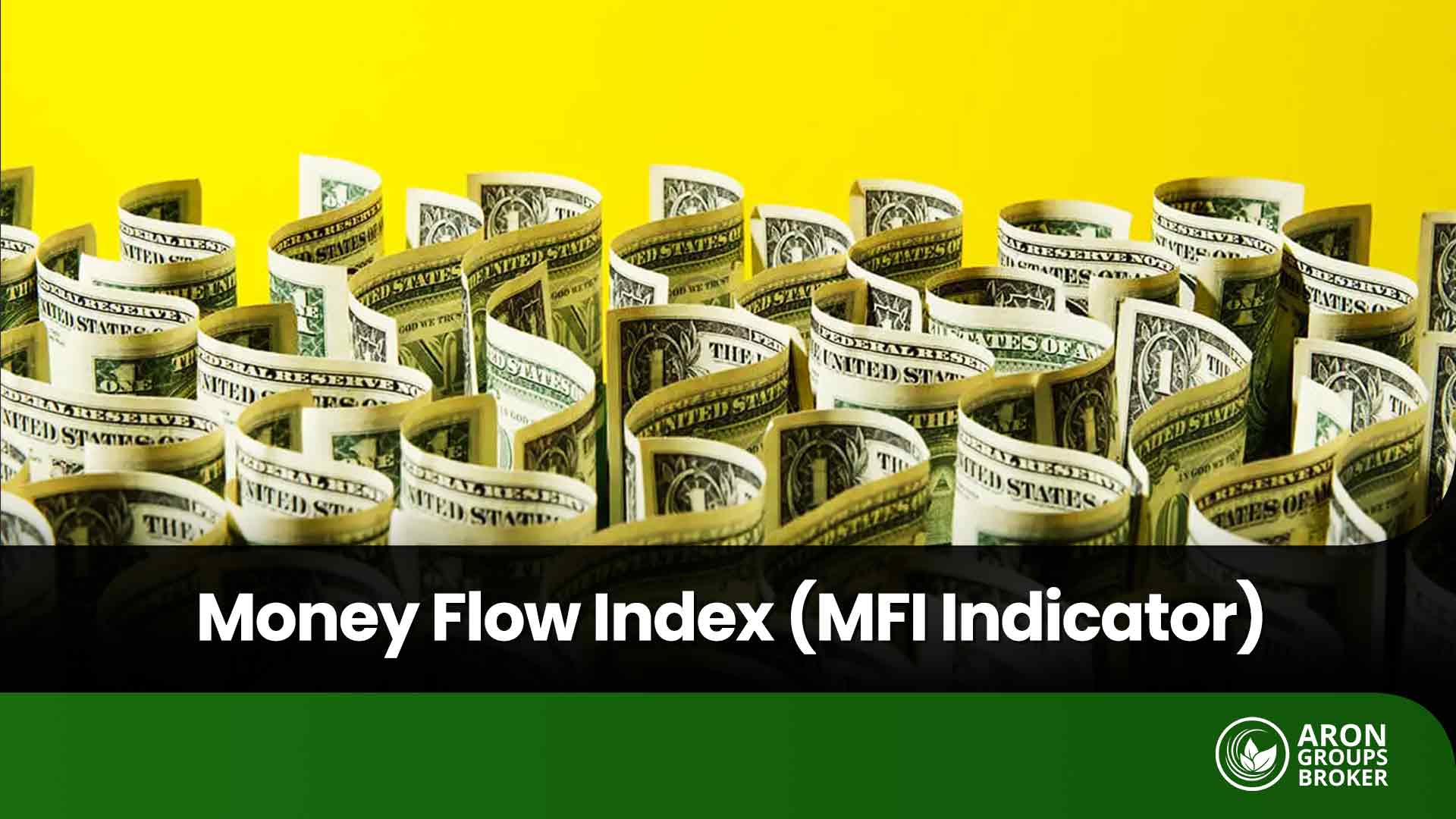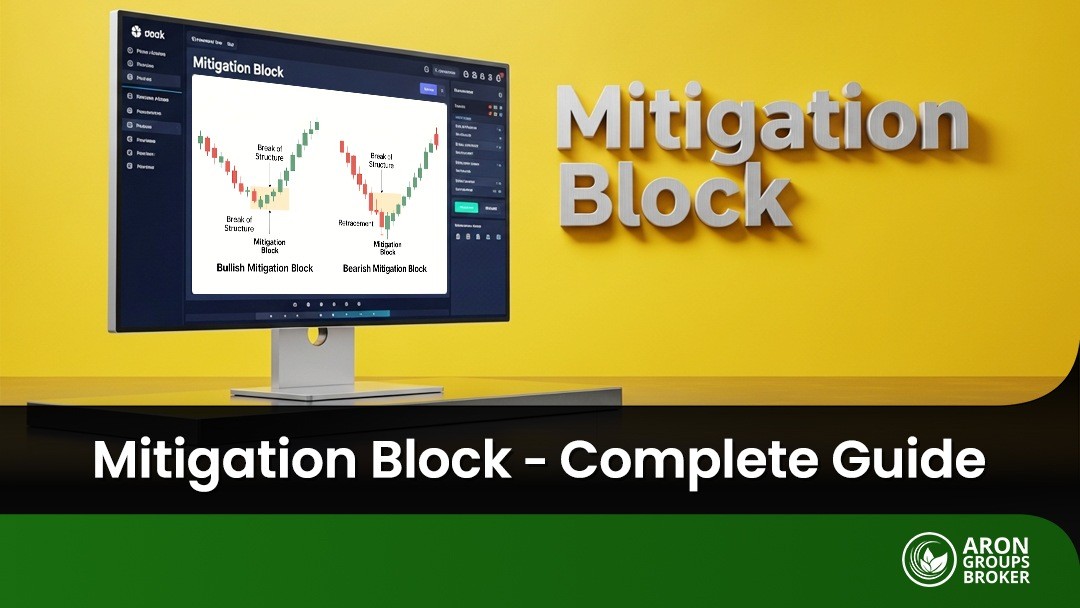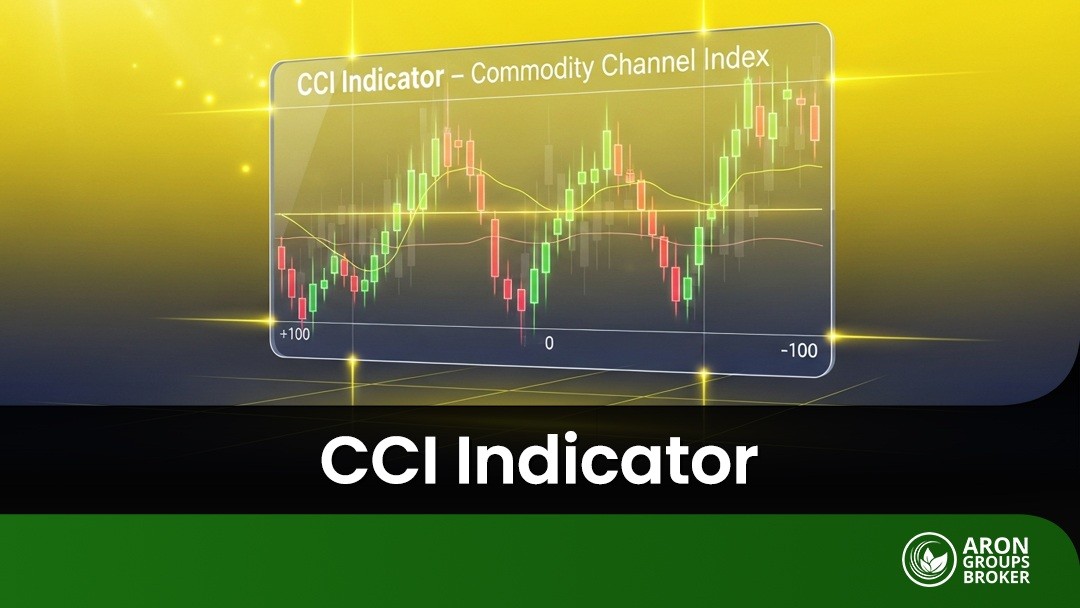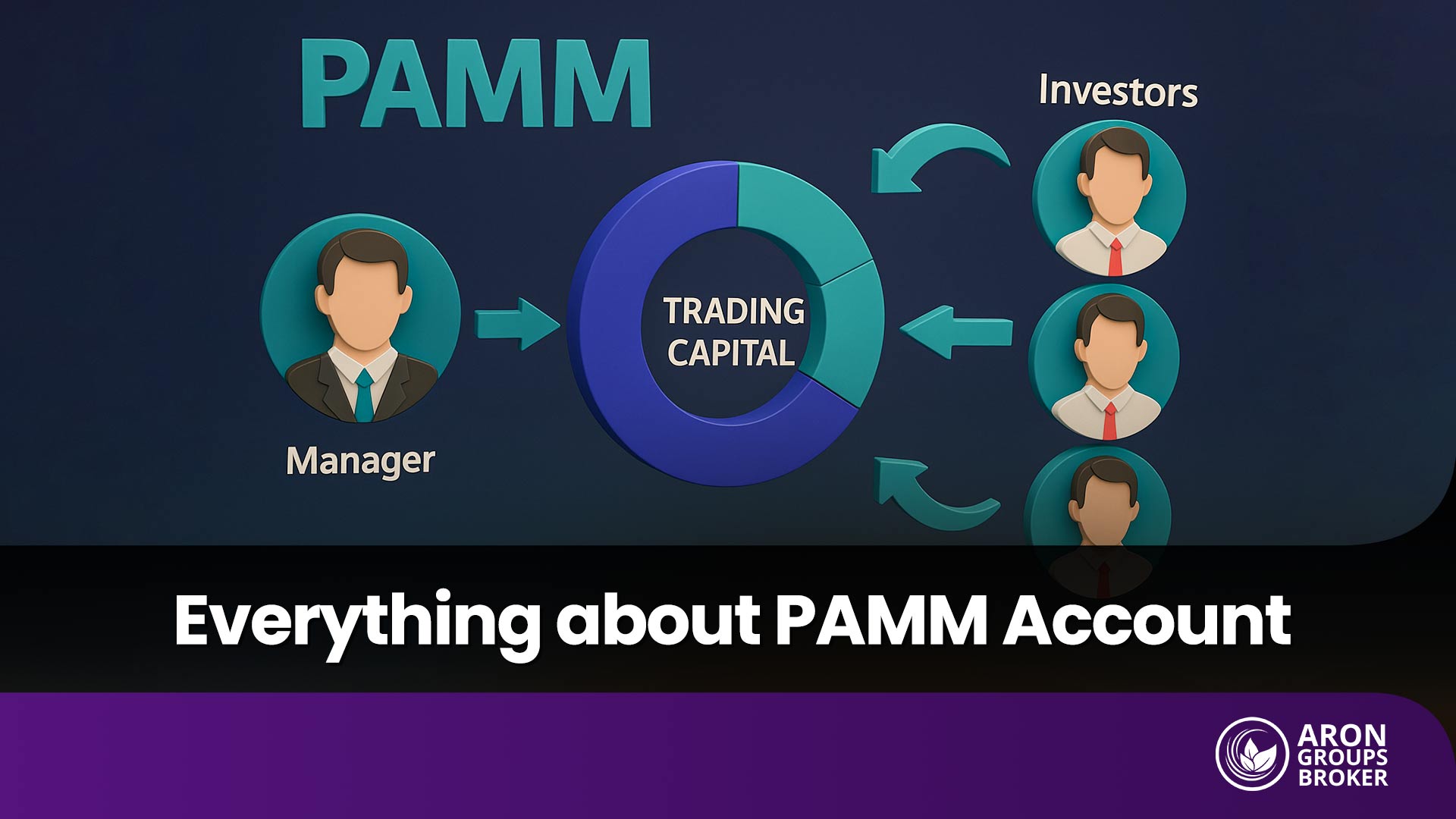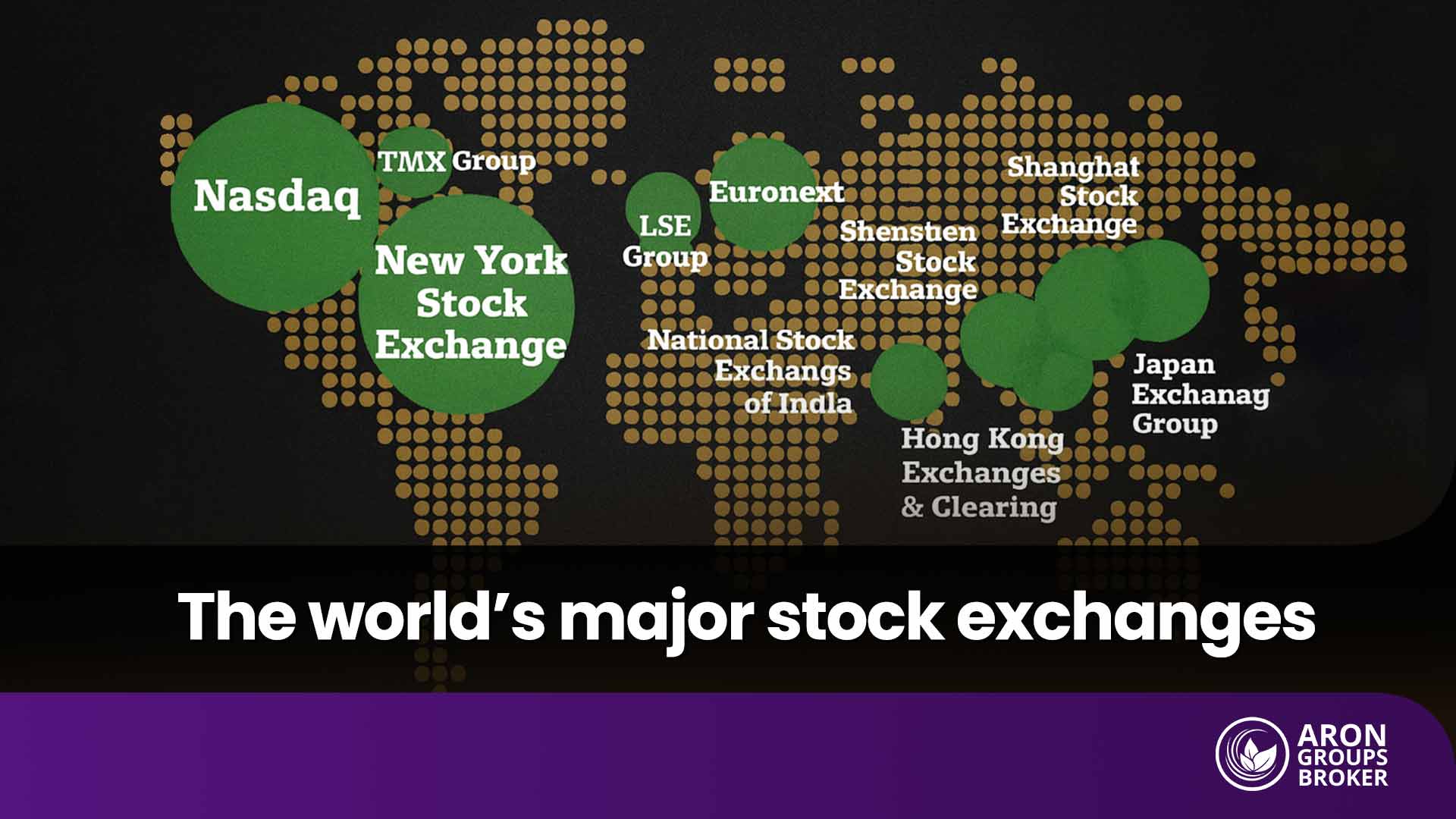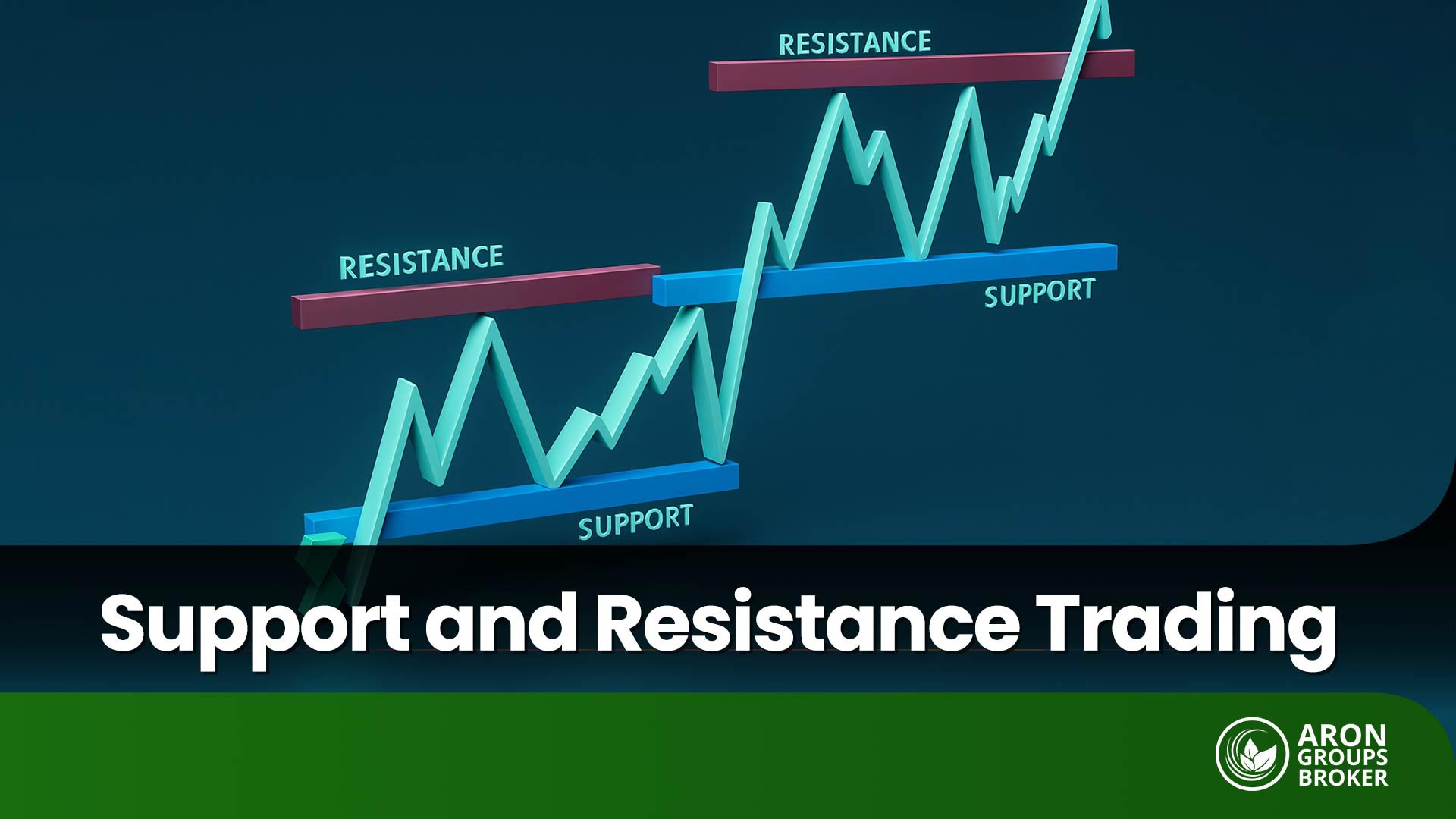Learning to trade foreign exchange (Forex) online is hard work, but everything you know is yours, and you will make money with the knowledge. In this article, we will help you start trading Forex. We will cover an introduction to the forex market, trading terminology, how to trade, read forex charts, trading platforms, and some trading strategies that might help you make money.
So, if you’re ready to get rich, stay tuned for more information.
Table of Contents
What is the foreign exchange market?
Forex is a market for exchanging international currencies. The most interesting fact about Forex is that it is completely decentralized, And Traders conduct transactions electronically over the counter (OTC). You don’t need to be somewhere, you need to access a computer network to trade in this market, and Forex is open 24 hours a day but not seven days a week. You cannot write on weekends; Trading in forex is available 5 and a half days a week. Traders from almost every time zone, from Singapore to Hong Kong, Tokyo, London, New York, Paris, Frankfort, Sydney, and Zurich, are waiting for the market to open. So, no matter what time it is, there are always traders trading foreign currencies in the Forex somewhere in the world.
Read more: What is Margin Trading in Forex?
What are the features of the Forex market?
Although Forex markets have similar aspects to stock and futures markets, they are a different market with many unique and unusual features. Features of the Forex market are:
Over-the-counter market: Forex is one of the over-the-counter markets, meaning that transactions are carried out over a network and not in a central venue like a stock exchange.
Use of leverage: There is a leverage system in the Forex market, which allows you to make large volume transactions with small amounts. However, while leveraged transactions provide high profit potential, they also involve high risk of loss.
Prices determined by brokerage firms: Transaction prices are determined by brokerage firms and no direct transaction takes place between the buyer and the seller.
Keeping records: Records of realized transactions are kept by brokerage firms and investors can follow these records.
Determination of transaction criteria: Trading hours, price ranges and other transaction criteria are determined by brokerage firms.
High liquidity: The Forex market is the fastest developing, highest transaction volume and most liquid market in the world. Thanks to this feature, investors can carry out their transactions quickly and access liquidity whenever they want.
Every investment decision should suit your personal preferences, risk tolerance and financial goals. Getting financial advice and using educational resources can also help you manage your investments more consciously.
Different types of Trading in forex
you might think that by Forex, we’re just referring to a single type of market, but that’s not true; there are three types of market in Forex:
Spot market
The spot market is the largest in the Forex. The price of a current C in the spot market is determined by supply and demand prices, which can be affected by interest rates, economic growth, and political tensions. Every spot deal you make deals with transactions in the present rather than in the future, and it is one of the most favorable forex markets.
Futures markets
In the futures market, unlike the spot market, you are dealing with the future time, and every deal you make is dealt with in the future. You might think that it’s like a gamble, but it is not. In the future market, you need a futures contract, a standardized agreement between buyers and sellers at a predetermined price for a future date; you can buy it on public commodities markets.
Forwards market
A forward deal is a private agreement between the buyer and the seller, with an exact future date and a predetermined price. In this market, you buy a contract that determines the terms of the agreement between the parties. The contract included details such as the amount of currency you will trade and delivery and settlement dates.
Read more: How Much Money Does a Trader Need to Start Trading in Forex?
Forex Trading Terminology
before making a trade, you need to get familiar with trading terminologies in the market. In the following, we will talk about some of the most common terms you’ll come across in Trading Forex.
Spot Forex
now that we have discussed different types of markets in Forex, you know what a spot market is. In a spot market, you are dealing with real currencies. If you want a certain amount of euros and exchange it for dollars, you will give your euros to get dollars in exchange and in real-time.
Contract for Difference
A contract for difference or CFD shows a currency’s price change. In CFD contracts, you don’t need to buy or sell something, but instead of buying and selling currencies, you can benefit from price changes without owning the currency.
Pip
You will come across the term Pip, why trading on Forex quite a lot. A pip is a base unit of the price, which is 0.0001. If the EUR/GPB pair goes from 1.15557 to 1.15567, the price movement is one Pip.
Spread
The spread is the difference between the buying and selling prices of a currency pair in Pip, and you smile because you know what pope is. For example, when trading EUR/USD at 1.2030/1.2045, the spread is calculated as 1.2045-1.2030, which is 0.0010.
The spread for major currency pairs is low, but the spread for less popular currency pairs is high.
Read More: Is Forex Trading Profitable?

Leverage
Traders who want to use the capital provided by the broker to multiply the profit use leverage. If you use a 1.50 leverage rate and deposit 100 EUR in your account, the broker will provide you with 4900 EUR to trade a currency pair with a 5000 EUR position size.
If you want to use leverage and make bigger trades, look for the broker’s recommended leverage for beginners.
Bear market
The price falls when everyone is selling and running away from the market. At this time, the market is bearish.
Bull market
The bull market is the opposite of the bear market, and prices will increase. At this time, the market is bullish.
Beta in Forex
The Beta is a financial metric that demonstrates the relationship between the price of a currency pair and the whole market movement.
Beta is a powerful tool to find out the risk-return tradeoff of the trade. The risk-return tradeoff shows the risk level of an investment.
Broker
It is not just a term; it is a partner for trading in forex, when you plan to borrow more than you have in your trading account or need a trading platform. The broker provides you with trading platforms to buy or sell a currency and memes profit through commissions or built-in spreads.
Bid/Ask
A Bid is a fancy name for selling a currency, the Bid price is the highest price a buyer is willing to pay to buy a currency pair, and the Ask Price is the lowest price a seller is willing to sell a currency. Does it not ring a bell? The spread.
Day trader
This type of trader prefers to trade within a day. If you would like to trade in a day, you better consider long-term investment.
Now you are ready to learn about trading in forex. As a rule of thumb, the higher the supply and demand of a currency pair, the more liquid the currency pair is, i.e., banks, companies, and traders are more interested in that pair and are creating the supply and demand.
Read more: what is ico
How to make a trade
First, do you know enough about Forex? Have you chosen a forex broker? So yes, you need to learn more about Forex.
Then you need to set up a trading account, your brokerage offers different types of accounts, and there is always a demo account for beginners.
Then you need to choose a currency pair base on the news, analysis, and political and environmental factors. The first pair in a currency pair is the base currency; in USD/EUR, the USD is the base currency or the denominator, and the next one is the quote currency or the numerator. Does your research suggest an upward trend for the base currency and go deep and place a long trade (buy/ask)? If you are waiting for a price decrease, you can go short (sell/bid).
Everything depends on your strategy and your readings of Forex charts. Always stick to the strategy, and consider your risk management. Then you are ready to place a trade.
How to read Forex charts?
Remember how we discussed conducting research before making a trade, one of the most important sources of information is the Forex chart, and you need to learn how to read them.
Brokers like Aron Groups provide you with trading platforms and useful charts. In Aron Groups, you can access one of the best trading platforms called Meta Trader 5, which will provide you with line, bar, and candlestick charts.
Some Trading Strategies
Set up your Forex Demo account and try these strategies:
Forex scalping
In sculping, a trader will hold several short-term trades and make a small profit in many trades.
Day trading
Day traders trade within a day and enter at least one trade daily. The pace of day trading is much slower, but it is also a short-term trade.
Breakout
traders using this strategy use breaks as signals. The breakout happens when the price of a currency pair moves beyond the resistance level.
Swing trading
Traders who want to use fundamental and technical analysis prefer this strategy. In this case, the traders will monitor the market for days to exploit the volatility.
Position trading
These traders open a position, hold it for a long time, and do not care about short-term fluctuations.
How well do you know the Forex?
Now you are more familiar with the market, and as a serious trader, you have already set up an account in Aron Groups. Before making your first trade, learn more about Forex to get more familiar with what you will encounter trading in an international market.
Read More: Why Forex Traders Fail and Lose Money












